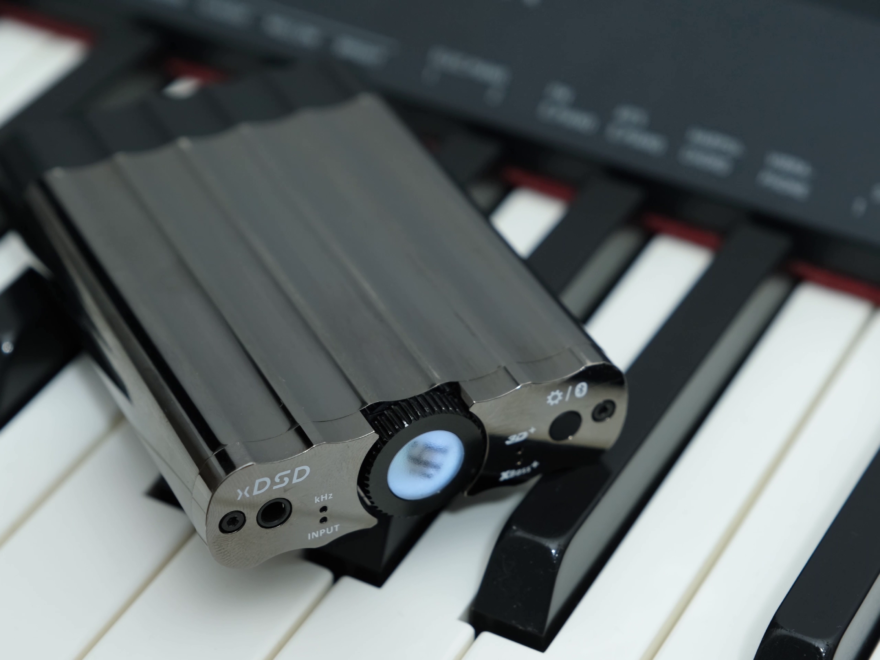iFi Audio’s xDSD is a very special product, because it can do almost everything that you’d want from an Amp and DAC combo, and I’d have called it the Swiss army knife for Hi Fi on the go, but they are British… so they have different kinds of knives.
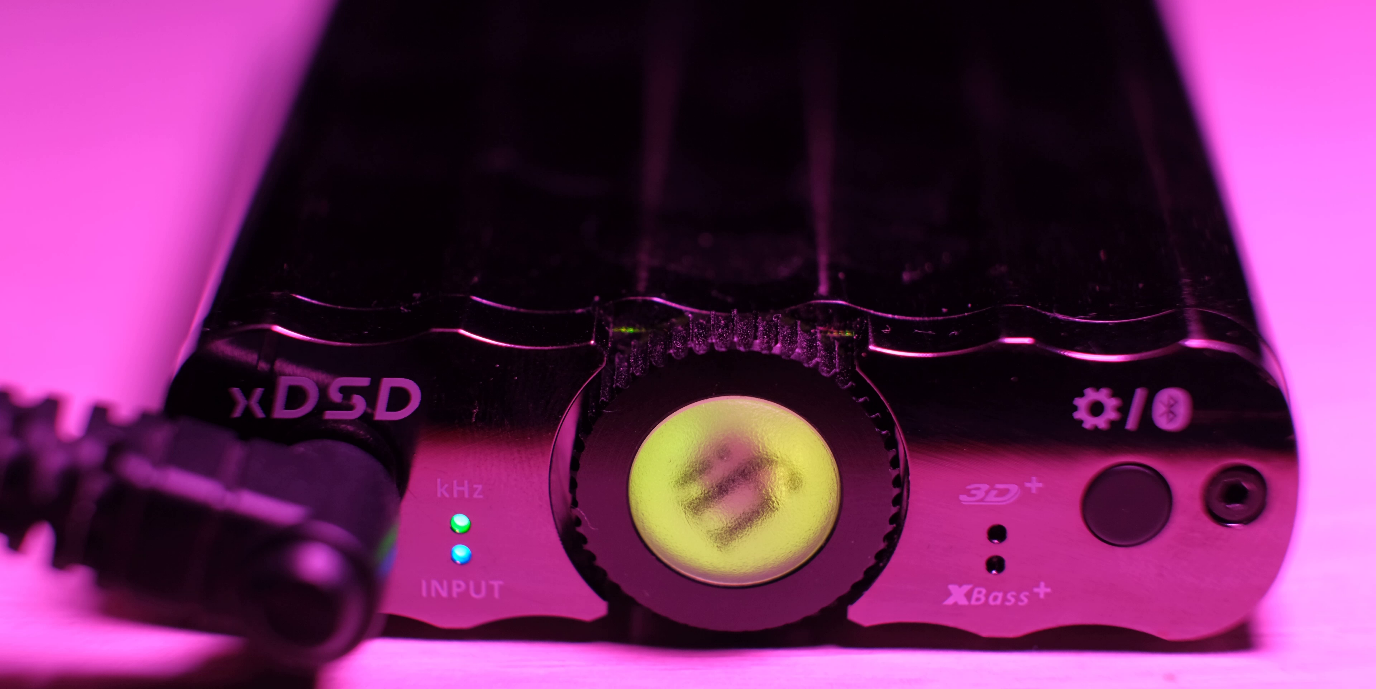
DESIGN

It has this very interesting design with this fluted pattern. It’s mostly made of metal, with a gunmetal finish, and while objectively this design isn’t perfect because it’s almost impossible to keep fingerprints away from it, and the almost chrome like finish will also show scratches easily, I personally like this design a lot, because it’s just very different and unique, and whoever sees this will ask you what this thing is.
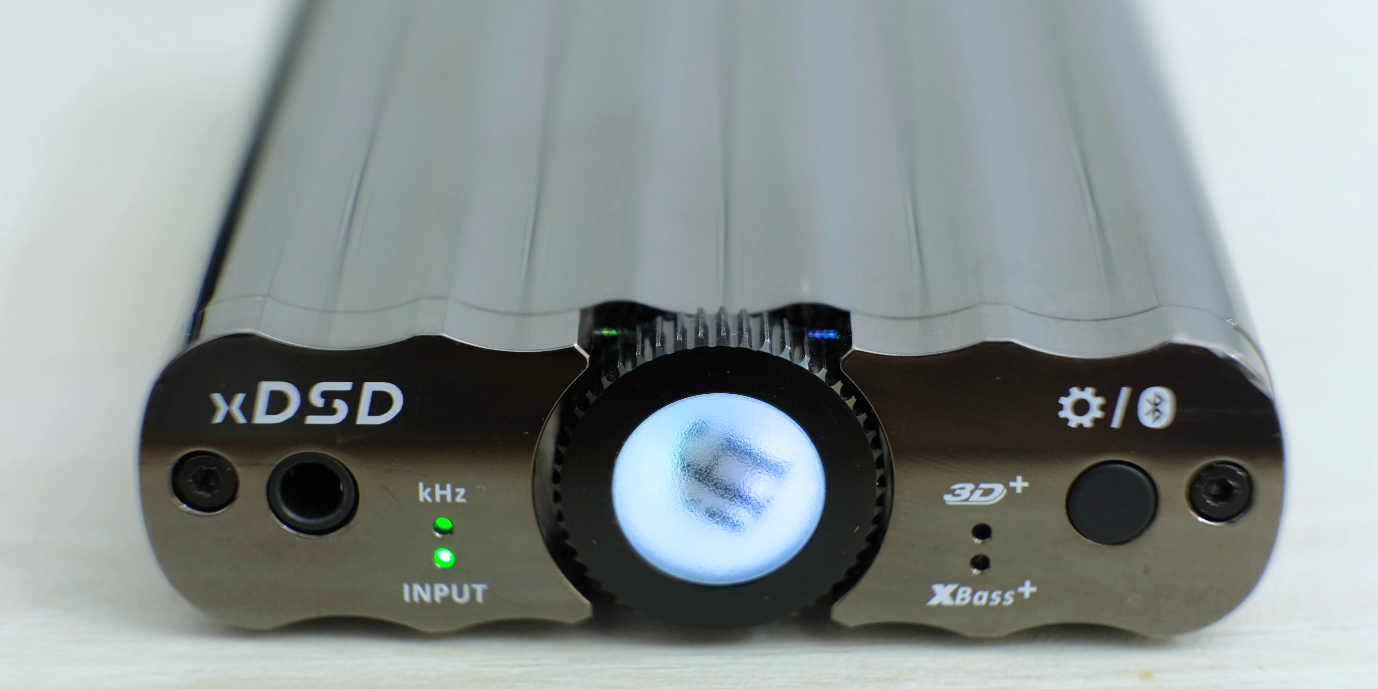
Taking the center stage, is a large volume wheel, which also acts as the multifunction button, and it houses the multicolor LED, which will indicate different information. So when you are using this with your headphones, the colors will change to indicate the volume level, red being the highest, and white when it’s in line out mode. This is digital on the outside, but inside the volume control is analog. And you will also use this to switch between USB and Bluetooth mode, and its really nice to be able to use this wirelessly with your smartphones or other devices.
You have two sound enhancing features. A 3D matrix mode which is supposed to make it sound holographic and wide, and a bass enhancing XBass+ mode. I generally I do not use these kinds of features because they alter the sound digitally and generally affect the quality of sound, but on the xDSD, all of this is done with analogue circuitry, so the sound quality won’t take a hit. I tried these modes, and the effect is very subtle but effective, and I really liked using it with my HE-4XX and HD598, but using the 3D+ mode without the XBass+ mode seemed to boost the highs, which I didn’t enjoy, so I’d personally only use the XBass+ mode if I feel like it.
This button is also used to switch between line in mode and headphone Amp mode, and to do that you have to turn it on with this button pressed, then release it after a few seconds. Now I have seen people criticizing the process of switching between these modes, but I think it’s a really great design, because you will never accidentally switch to the line out mode when using earphones, and blow them up along with your ears.
INPUTS/OUTPUTS
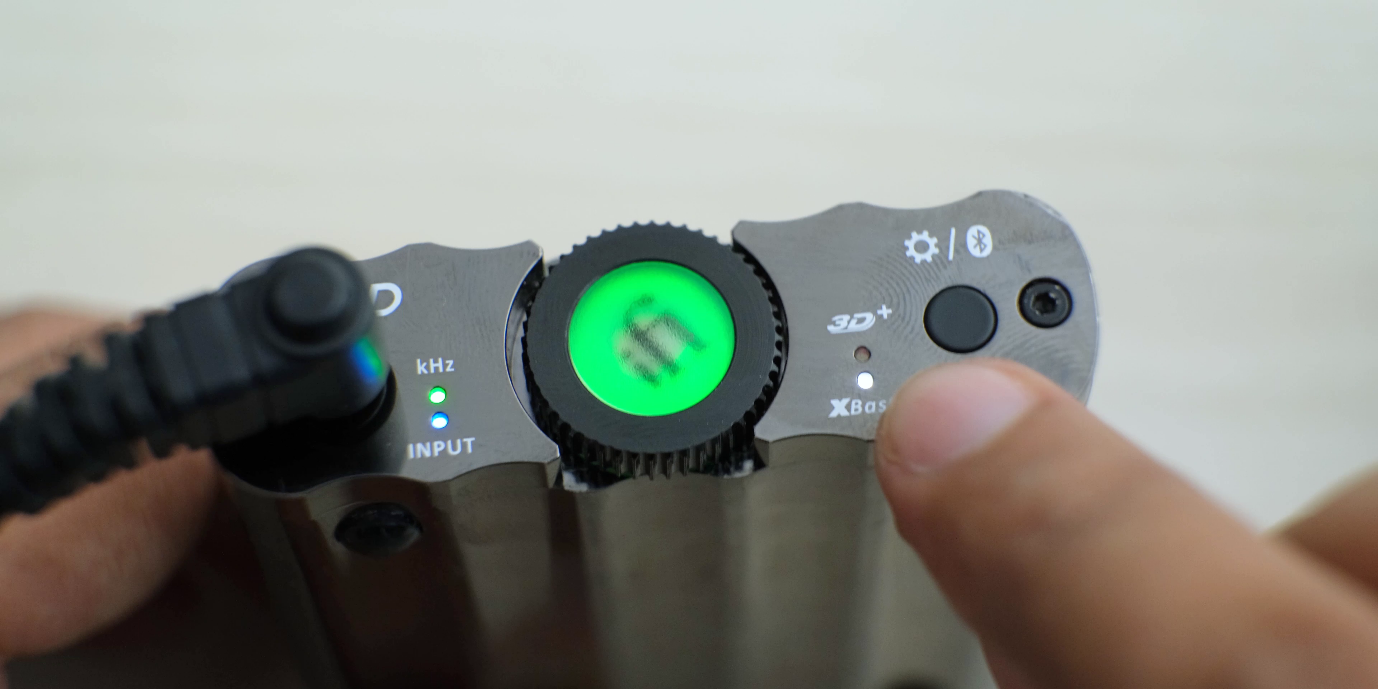
The input jack on the xDSD has a balanced connection, so you may need to use an adapter, but you will be able to take advantage of the balanced output for your headphones. You also have 2 LEDs on its side, one of which will change colors depending on the quality of the signal that the DAC is receiving.
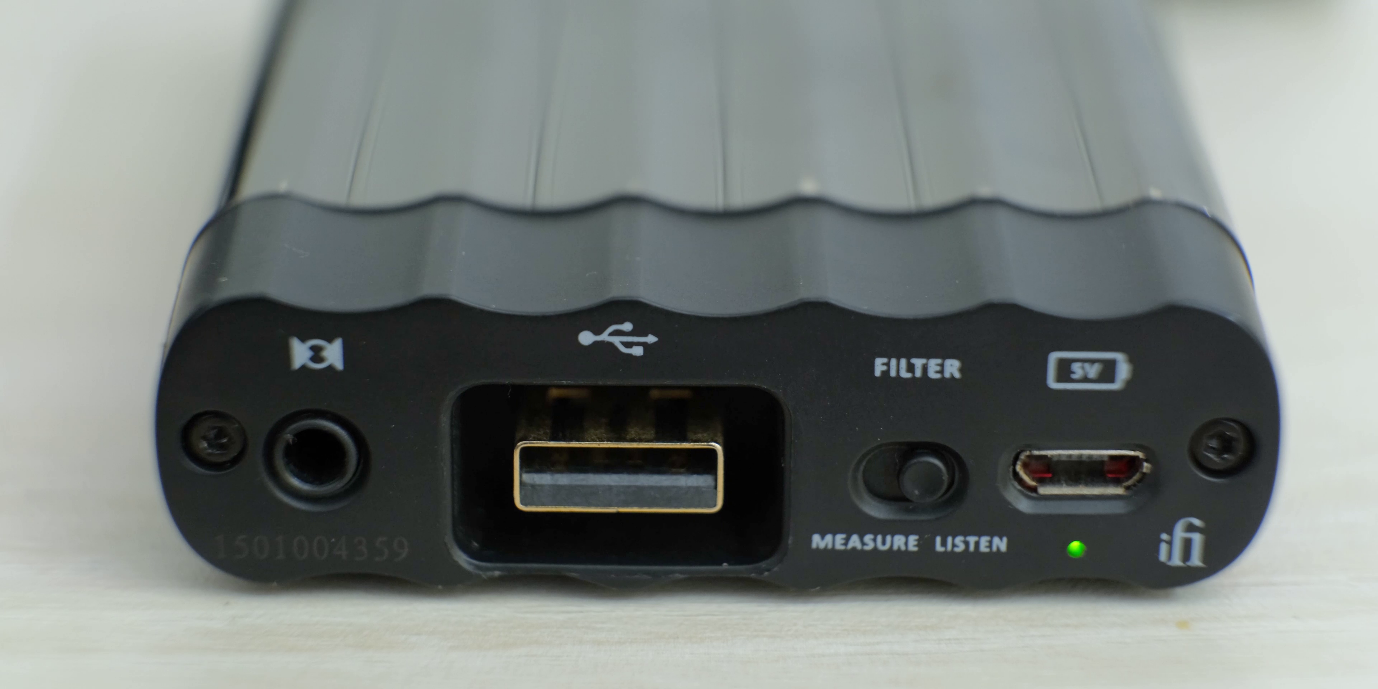
At back, you have optical in, for which you do get an adapter in box so you can use your toslink cables, then you have the male USB A port, which is only used for USB connection.
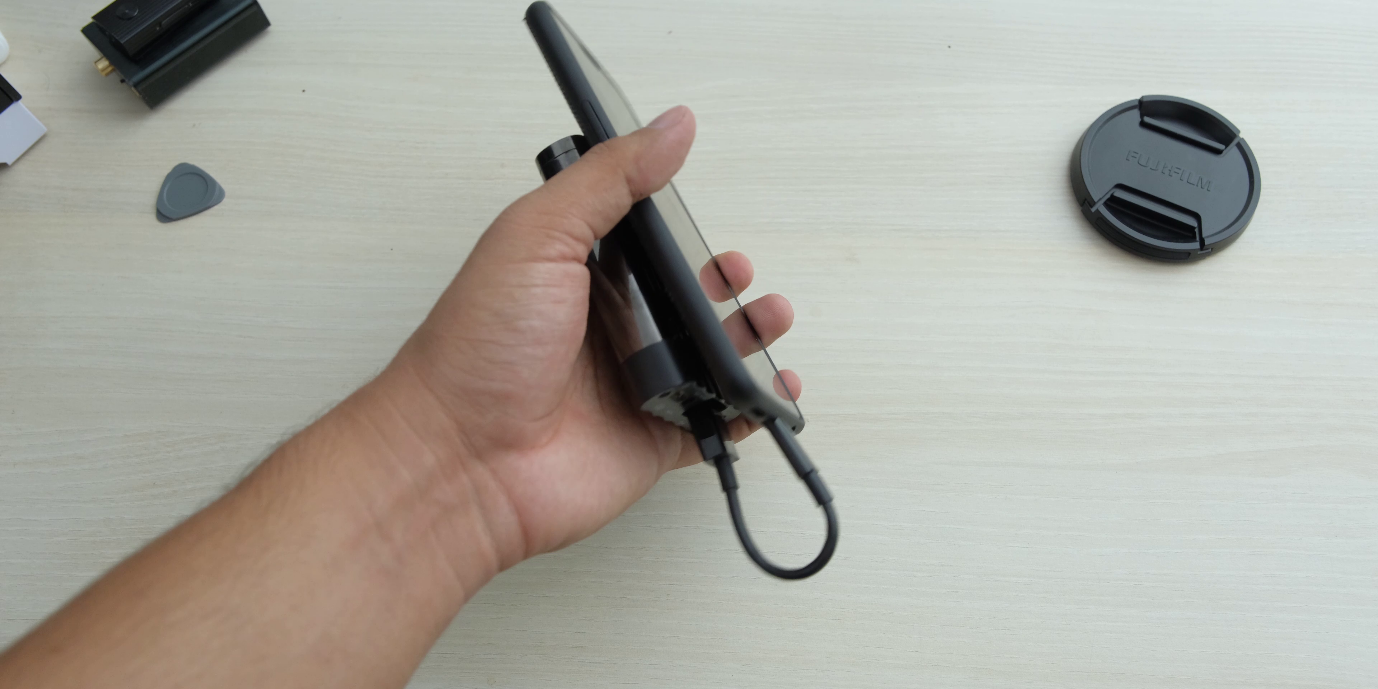
You can use the included male to female USB 3 cable to connect it to your PC, and this design also allows you to use OTG cables or lightning to USB adapters to connect these directly to your phone, so I really like this design, even though I was confused about this the first time I saw it. You do get 2 rubber bands and some velcro straps in the box to attach it to your smartphone or DAPs.
You also have a filter selection switch, which you can experiment with, I personally didn’t notice a mentionable difference, and then you have the micro USB port, which is only used for charging.
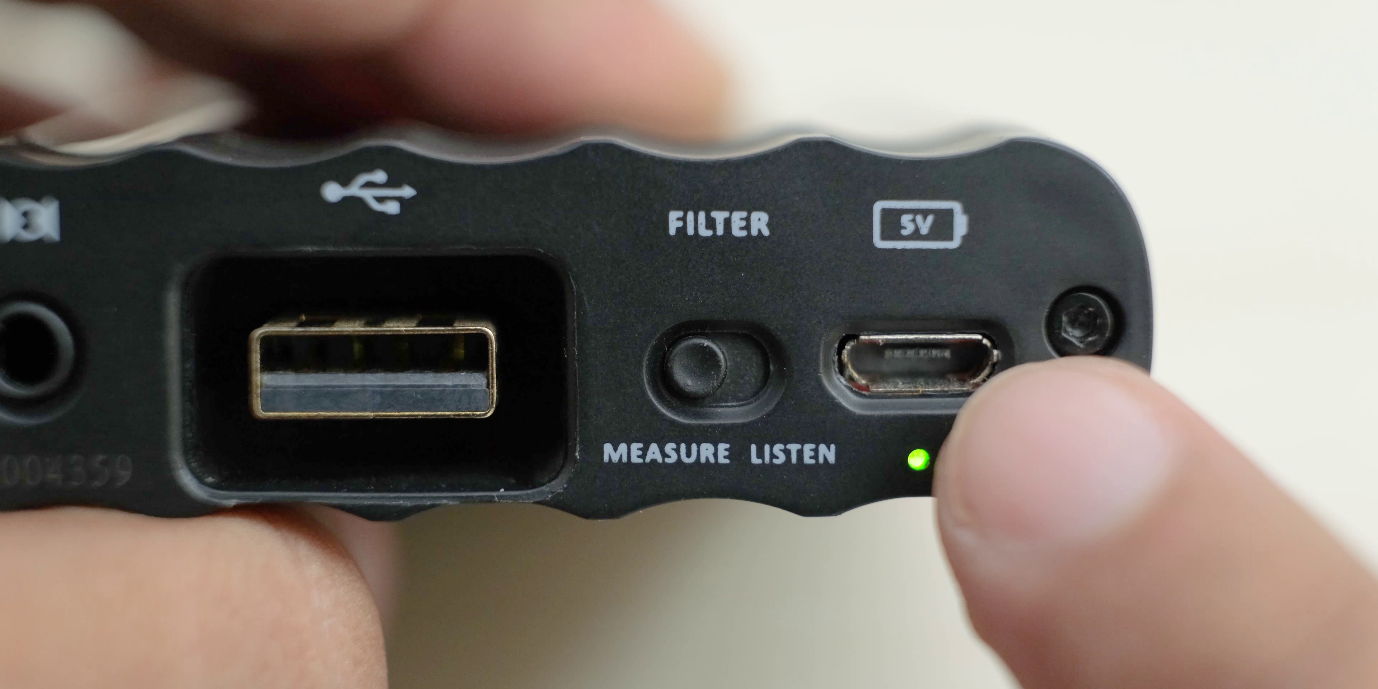
POWER & BATTERY
There is a very small LED under this port to indicate the battery level, and it would have better to have this more easily visible on this device.
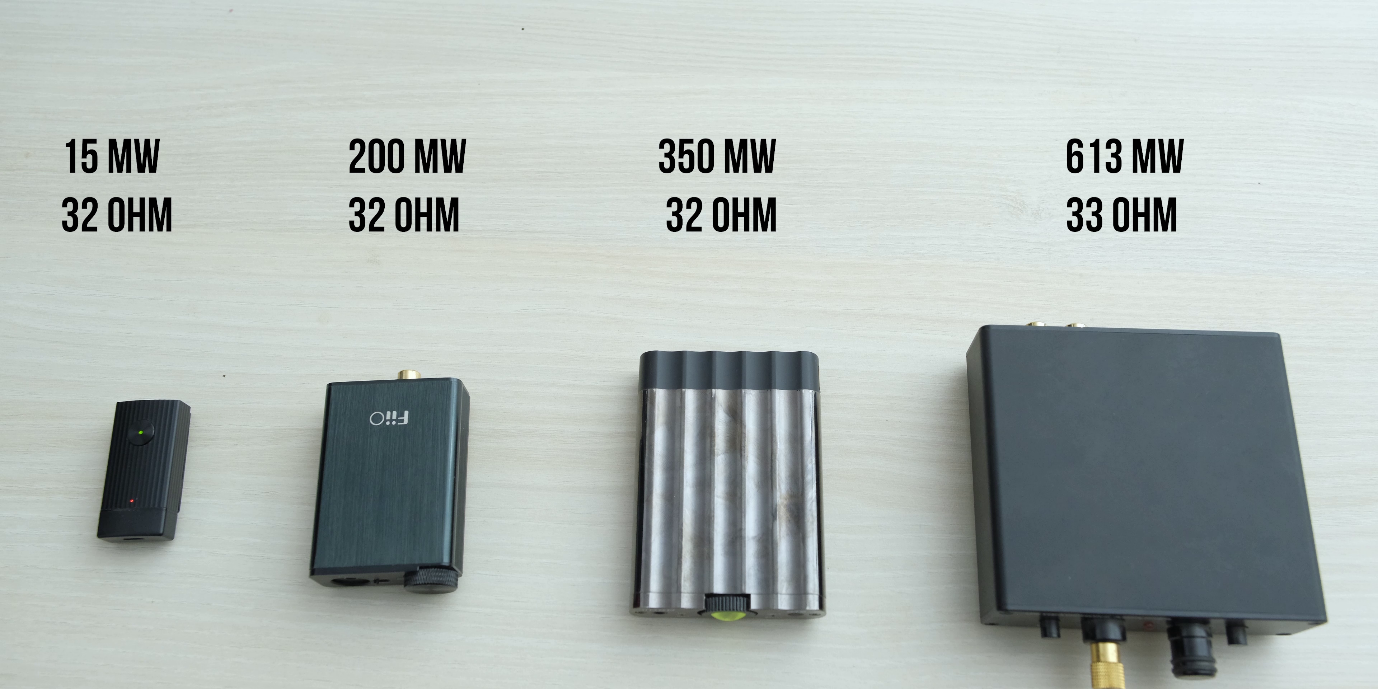
Coming to power, iFi says that it can power headphones upto 600 ohms, but you also have to account for other factors like sensitivity. So just for reference, the entry level bluetooth adapters like Fiio BTR1 have 15mW of outpower at 32 ohms, this USB powered Fiio E10K outputs 200mW at 32 ohms, while the XDSD outputs 350mW at 32 ohms, if their answer on Amazon is not incorrect, and then my desktop Objective 2 Amp, which takes power from the wall outputs 613mW at 33 ohms.
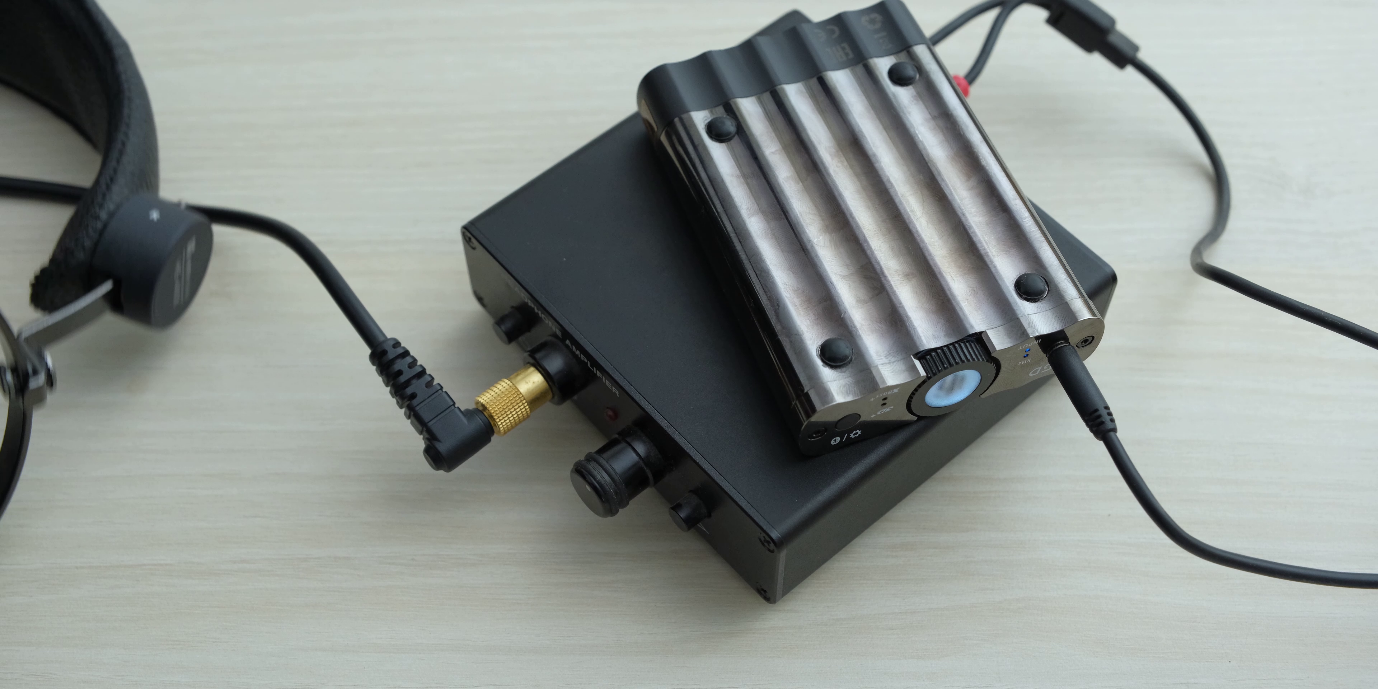
So you can see that it is pretty powerful for a portable device, and it should drive most of the headphones you’ll likely have, except the ones that are extremely difficult to drive, for which you might need a desktop Amp, but you can of course use the desktop Amps by connecting them to it in line out mode to use the most difficult to drive cans, and take advantage of the awesome DAC we have in this. You can of course use it with your speakers in line out mode, and use it as a desktop DAC, or DAC Amp combo too. They also have a really good power calculator on their website so you can check if this will be able to drive the headphones you have.
This was able to drive a range of headphones I currently have very well, and it will also play nice with any earphones that you might have.
The battery life is around 8-10 hours, and this will of course heavily depend on what kind of headphone you are using and what kind of content you are playing.
SOUND QUALITY
This has a VERY high resolution DAC, it can play DSD 512 FILES, which are these extremely large files, much larger than even the uncompressed FLACs files for maximum sound quality, and then this also supports MQA, so if you are into streaming those high quality files from Tidal, you are going to be able to play them. For Bluetooth connection, you have aptX and AAC for high quality streaming, though, I think in 2018 they could have included AptX HD, but it should not make a noticeable difference in most cases. (because you’ll have to plug in cable while listening to high res files anyways) I did notice some occasional disconnections in bluetooth mode for no reason, even on the latest firmware, but reconnecting took only a single tap, so I didn’t mind that. It’s still not appreciated at this price point.
Coming to the sound quality, this sounds TOTALLY amazing, the Burr Brown DAC used inside ARE as good as they say.
It is noticeably better than a SMSL Sanskrit (6th anniversary) for example, which is also a decent DSD capable Desktop DAC, and being noticeably better when comparing DACs beyond a certain price point without having a crazy price difference, and that too for a portable DAC/AMP solution, is actually pretty impressive.
If you have high end headphones, you are NOT going to get a compromised experience when you’re on the go, so I really recommend something like this to get the most out of your audio gear. The vocals sound very natural, full bodied, and lifelike, the highs are beautifully well controlled, and the bass also sounds very refined. It kind of adds an artistic character to music, and things sound very dynamic without sounding artificially enhanced. You really have to try a DAC/Amp combo of this level in person to understand what this is all about. And to have this level of sound quality and power in a package this small, and to be able to have access to it even wirelessly with your smartphones is just so great. Even the high end Digital audio players don’t have as good and customizable UI and versatility as your smartphones, so being able to combine the smartphone functionality, and high end quality of this makes for an unbeatable combination.
Now the price of this is around 400 US dollars, and it costs around 36,000 Rs. In India. But if you want a high end portable option that also has bluetooth, this is the price segment you are looking at, and If you search online you’ll find people talking about how even at its price this is a great value.
So in conclusion, the xDSD is an amazing piece of hardware that really does most of the things you’ll ever need. It supports all high end formats that you’ll encounter, and it’s a very versatile solution that will adapt to however you want to use it with your smartphone or your PC. The sound quality is great for the price, in spite of the price tag not being low, and if you’re looking for a device that can do all of this at this level, I don’t think you even have many options.
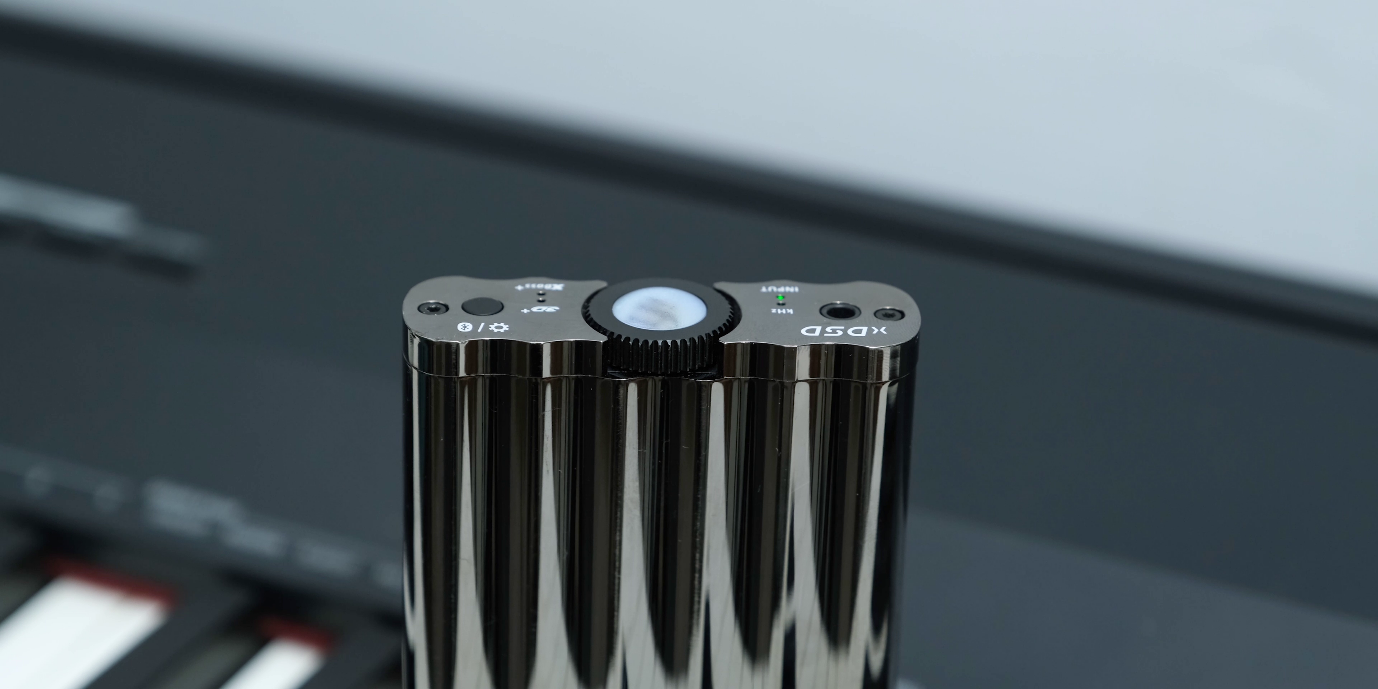
So I absolutely recommend this to anyone who has a good audio setup, and they want to be able to enjoy it whether they are on the desktop or on the go.
Buy in India: https://bit.ly/2ROe4Nw
Buy in US: https://amzn.to/2LzNE0X
